Solve the problem.The population of a city in 2000 was 400,000 while the population of the suburbs of that city in 2000 was 900,000. Suppose that demographic studies show that each year about 5% of the city's population moves to the suburbs (and 95% stays in the city), while 4% of the suburban population moves to the city (and 96% remains in the suburbs). Compute the population of the city and of the suburbs in the year 2002. For simplicity, ignore other influences on the population such as births, deaths, and migration into and out of the city/suburban region.
A.
| City: | 361,000 |
B.
| City: | 430,560 |
C.
| City: | 361,000 |
D.
| City: | 416,000 |
Answer: B
Mathematics
You might also like to view...
Make an analysis using calculus and sketch the graph.P(x) = x1/3(x2 - 63)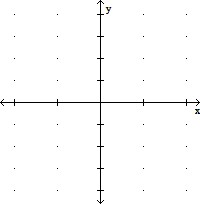
A. 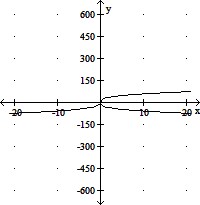
B. 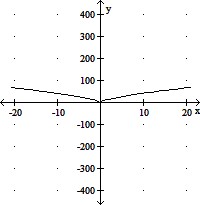
C. 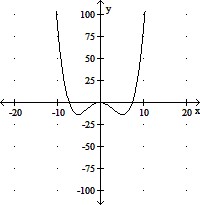
D. 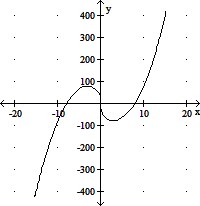
Mathematics
Order the rational numbers from least to greatest. ,
, 
A. Equivalent
B.  ,
, 
C.  ,
, 
Mathematics
Solve the equation.161 = 13x + 18
A. 134 B. 11 C. 130 D. 5
Mathematics
Solve the problem.Kimberly invested  in her savings account for 7 years. When she withdrew it, she had
in her savings account for 7 years. When she withdrew it, she had  . Interest was compounded continuously. What was the interest rate on the account? Round to the nearest tenth of a percent.
. Interest was compounded continuously. What was the interest rate on the account? Round to the nearest tenth of a percent.
A. 3.9% B. 3.7% C. 3.8% D. 3.95%
Mathematics